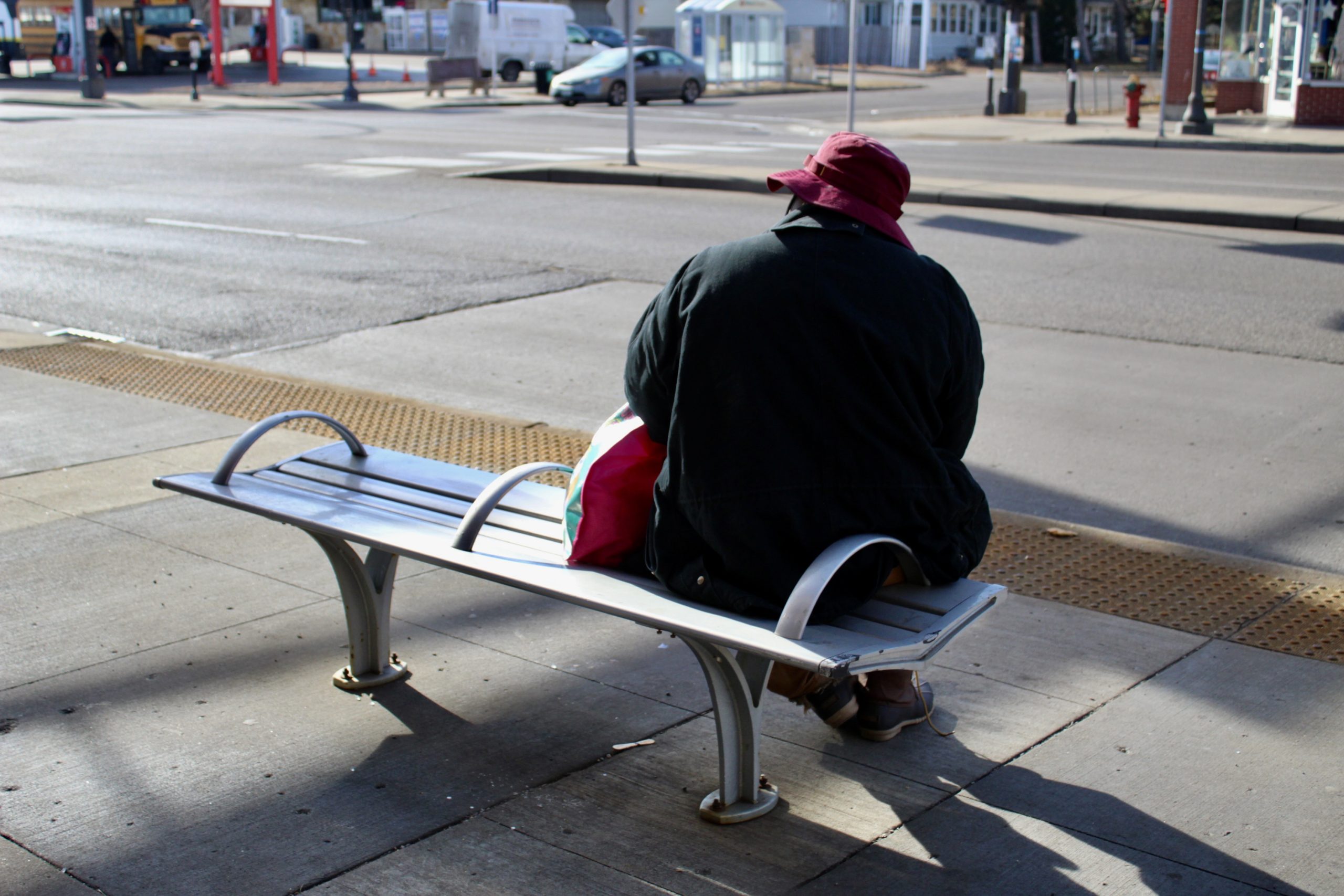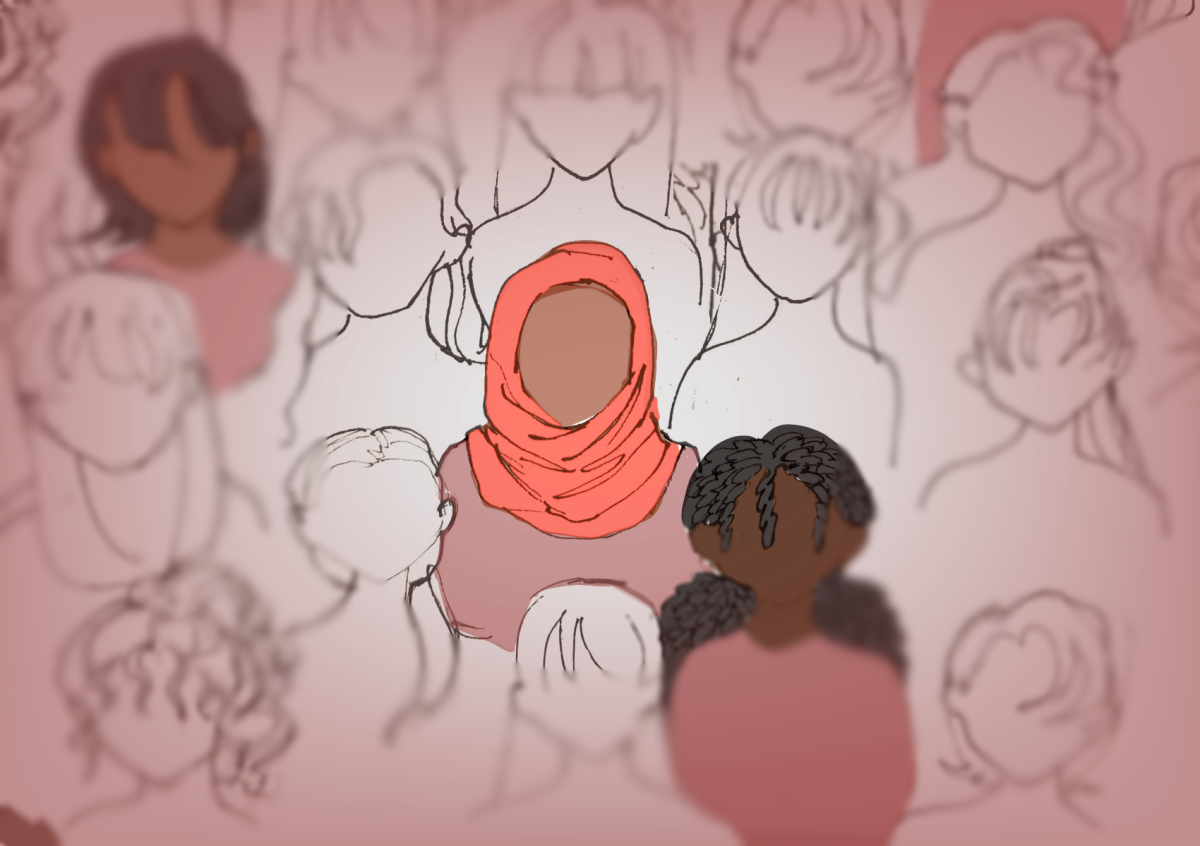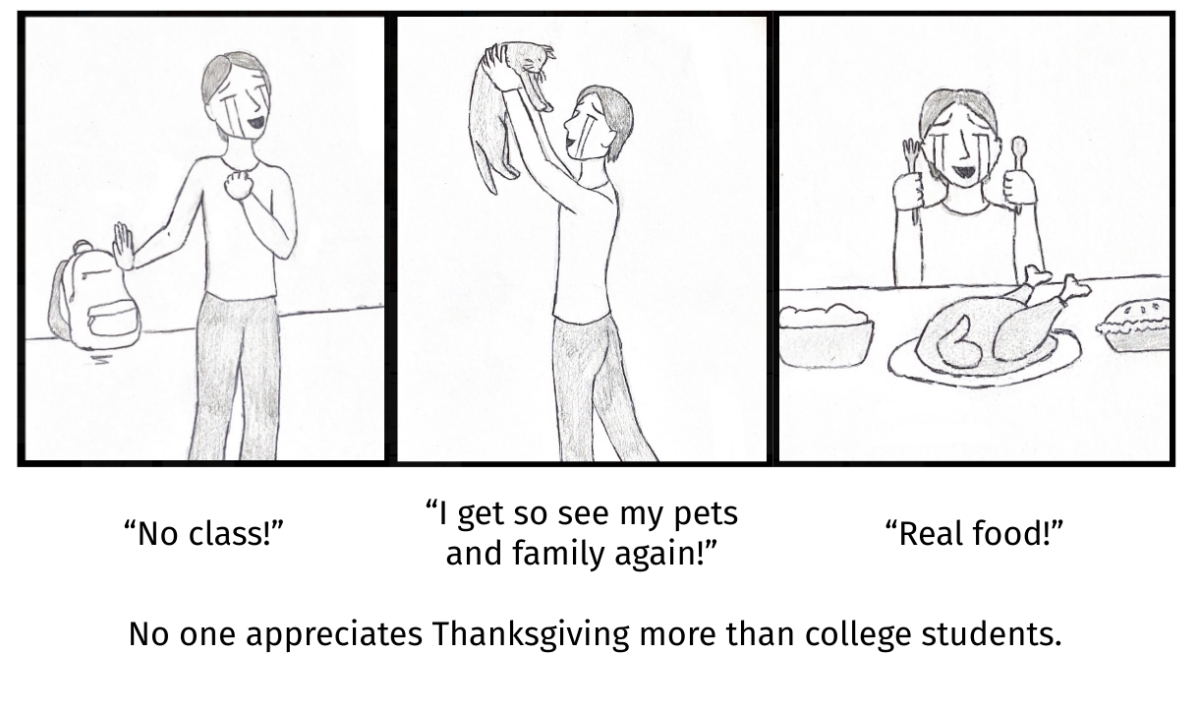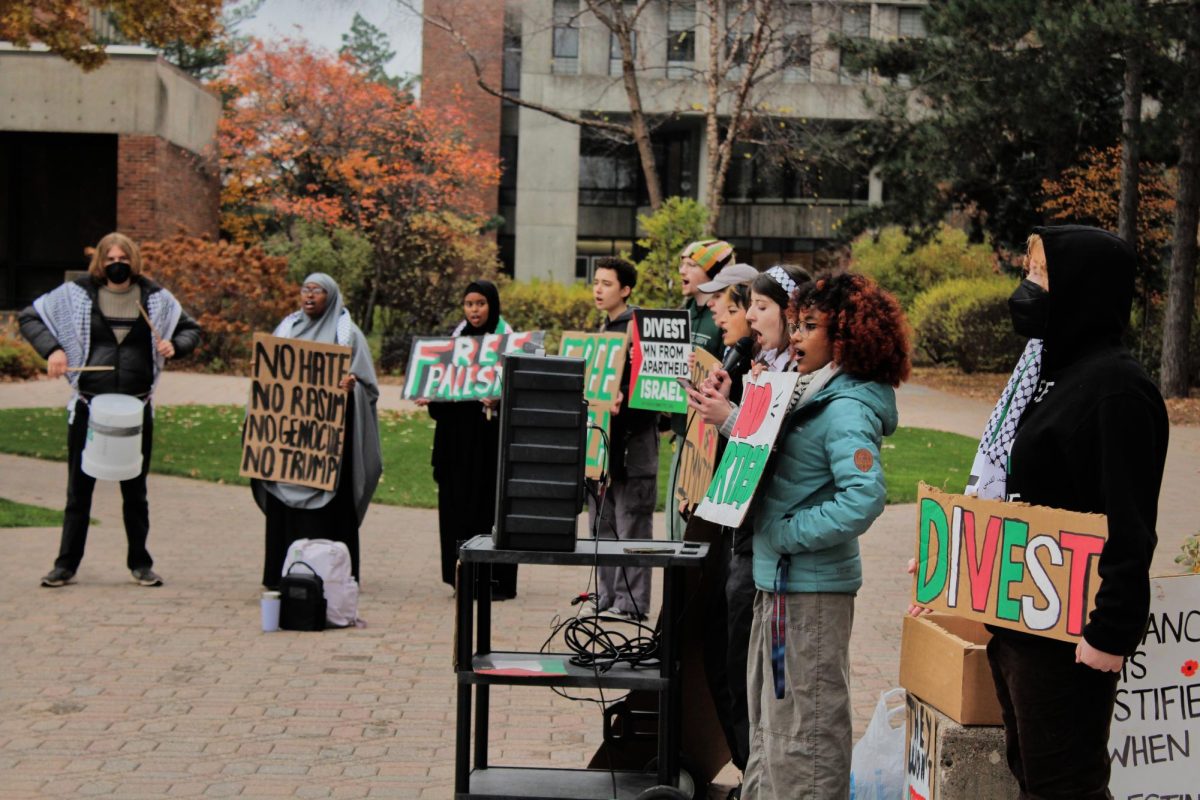In the heart of the Twin Cities, a hidden conflict is tearing apart our closely-knit community. This war is not fought with traditional weapons but through public spaces designed to exclude the marginalized. Welcome to the era of hostile architecture, where the places intended for connection have become battlegrounds designed to crush those on the sidelines. It has transformed once-vibrant areas into dull and controlled environments.
In 2018, York University researcher Cara Chellew told Architectural Digest, “Vulnerable groups of people suffer disproportionately when there is a lack of benches, public washrooms, and shelter from the elements.”
The Department of Housing and Urban Development has estimated that approximately 653,100 people were experiencing homelessness in the United States on Dec. 15, 2023, representing a 12% increase, about 70,650 more people, from the previous year. However, the actual number could be significantly higher because the data was taken on a single night.
Parks, once a symbol of community and tranquility, have been transformed into battlegrounds. Hostile architecture is designed to make public spaces exclusive to the privileged, with the infamous uncomfortable spikes on doorways and ledges. Spikes and divisions have been implemented to prevent people from lying down and benches have armrests designed to discourage 653,100+ unhoused individuals from using them. These changes imply that only a select few are accepted in these areas rather than promoting inclusivity and camaraderie.
The case of Martin v. Boise (2018) highlights the fact that anti-homelessness laws violate the Eighth Amendment, which protects individuals from cruel and unusual punishment. The court ruled that anti-homelessness “violates the Eighth Amendment insofar as it imposes criminal sanctions against homeless individuals for sleeping outdoors, on public property, when no alternative shelter is available to them.”
Hostile architecture can be seen all over Minneapolis and St. Paul, especially regarding public transportation, which is most often used by marginalized groups. According to date from Pew Research Center, “Americans who are lower-income, black or Hispanic, immigrants or under 50 are especially likely to use public transportation regularly.”
In Metro Transit train stations, benches are usually slanted, discouraging prolonged sitting. Passengers are left with little option but to lean against them. When people want to sit at the stops on the Green and Blue Lines, they are stuck on the ground surrounded by unsanitary conditions like vomit stains and smelly substances. If you’re lucky, you’ll find a chair or two at a train station. However, there won’t be much room for you, or any heavy bags you may be carrying. As for bus stops, they provide a small bench designed for one or two people that feels cramped when occupied. If the benches are longer, they display dividers that prevent people from stretching out and force them to sit individually.
Degrading public spaces is not only an architectural disaster but a societal tragedy. As cities grow and change, the hunger for order and control increases. Conformity has become the norm, creating a sterile environment devoid of uniqueness and character. This has led to a fractured and disconnected society that values exclusion over inclusion. Public spaces should be places of peace and harmony where individuals can come together and connect. As a result of embracing hostile architecture, we are sacrificing community at its core.
We must demand transparency from those shaping our urban landscapes and hold them accountable for their actions. Hostile architecture may be a means of suppressing the vulnerable rather than ensuring public safety. Raising awareness about the negative impact of this type of architecture is crucial, and public awareness campaigns, educational programs and media coverage can help drive positive change.
In this quiet battle, a glimmer of hope remains. Amidst the challenges of hostile architecture, activists worldwide are working to reclaim public spaces through guerrilla gardening and community-led design projects. This movement seeks to challenge urban issues and empower individuals to create genuine and inclusive environments.
The battle against hostile architecture is like a search for the very heart of our cities. It is a passionate effort to protect spaces that welcome everyone with open arms. Revitalizing our public areas and infusing our cities with vitality relies on community. The choice is ours: go for exclusion as harsh as our winters or champion inclusivity to transform the Twin Cities for the better.
Categories:
The silent war of hostile architecture in our cities
February 7, 2024

Story continues below advertisement













Lynn Terlaga • Mar 22, 2024 at 4:30 pm
Hi Rea, I would love to talk with you about this! Would you email me?